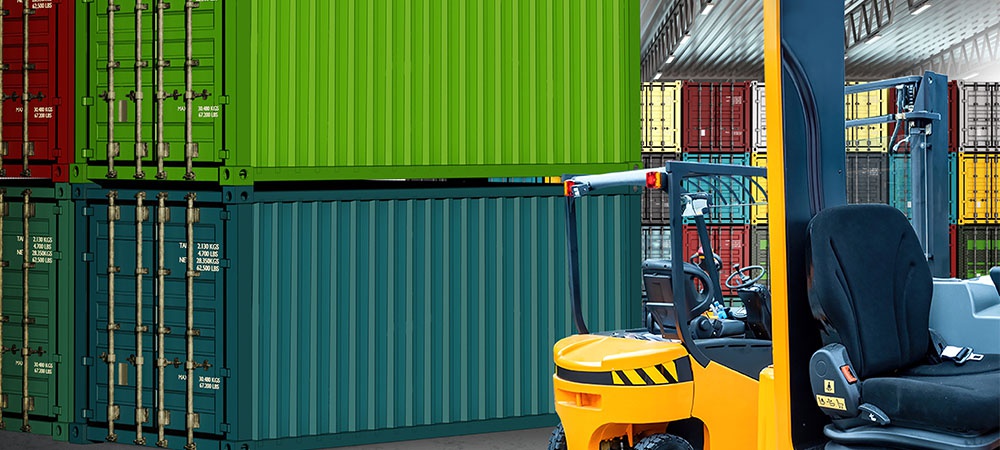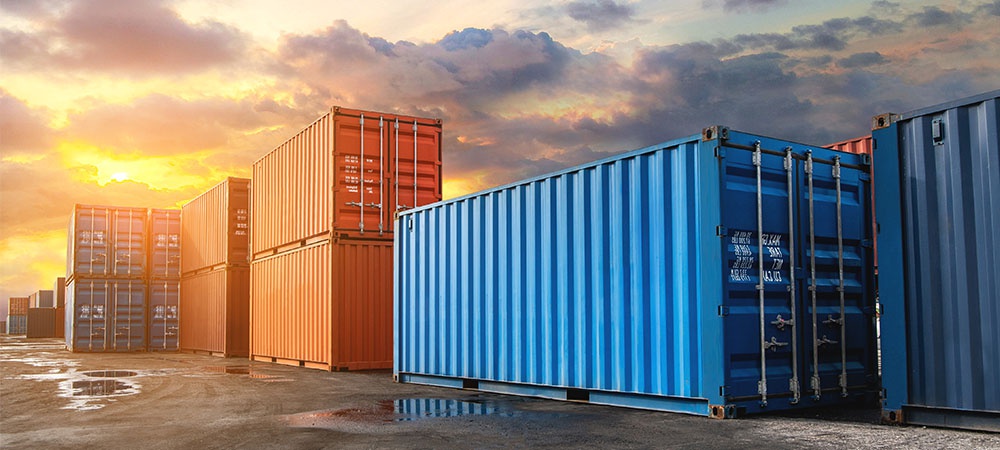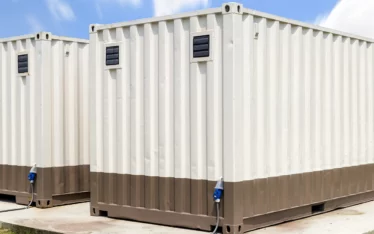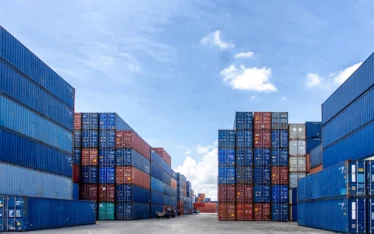Shipping container dimensions can seem a complex reality that confuses many ordinary people. However, working out the container dimensions you need for transportation or storage is straightforward.
So, how do you establish your shipping box’s dimensions? This post answers this question by giving you practical ways to measure your shipping box. You will learn why these measurements are vital, how to calculate them, and how to choose the correct container dimensions. Keep reading to learn more and make an informed choice worth your time and money.
Why Are Container Dimensions Important?
Understanding why container dimensions are critical is necessary because these boxes come in different sizes. Container manufacturers determined their measurements when they started shipping goods overseas.
Also, container dimensions mean much to persons seeking to buy them because delivery options differ based on size. Buyers should consider how to receive their containers from their vendors. For instance, most box sellers easily transport 20ft containers using trailers and flatbed trucks. But delivering longer containers can be a bit challenging because they require larger trucks to drop them off.
Truckers should also be careful of their trailer heights because containers have varying heights of 8’6” and 9’6”. Thus, some shipping boxes need forklifts or cranes to offload them due to their huge sizes and weights.
Understanding container measurements is also critical because of a user’s storage or project requirements. For instance, a 20ft box obviously contains half the space of a 40ft container. Users in circumstances where these two are problematic can opt for containers with open-side doors.

Measuring Shipping Containers
Understanding container dimensions are external and internal is essential before delving into measurement details. Since most boxes are cubed or rectangular, their measurements include width, length, and height.
Knowing internal size is vital for your cargo before loading it. Also, consider the external dimension of the location or surrounding your container will rest. The place should have ample space around and above it to allow for easy picking and moving when necessary.
Your container’s external needs also require careful consideration because the space outside significantly varies. You honestly don’t want to limit your container’s coming in and out or its door opening, do you?
a. Internal Dimensions
Now, let’s check how to calculate your container’s internal measurements.
- Width – Measure it from the two longest sides of your container on the inside.
- Length – You calculate it from the two shortest sides of your container’s inside.
- Height – Measure it from your container’s floor to the ceiling level.
- Door opening width – Calculate this measurement from the support frames’ inside right and left, leaving room in a small gap for the door’s opening radius.
- Door opening height – You calculate this dimension from the floor to underneath the horizontal cross support of the container or the door opening’s top. This measurement is usually the exact size or less than the internal height.
b. External Dimensions
Here are the details for taking your shipping box’s external measurements.
- Length – Measure this dimension from the farthest points along the container’s longest side. This measurement is common with containers measuring 20 feet and 40 feet.
- Width – You calculate this dimension on the narrowest side or the container door end unless the container has undergone modifications.
- Height – Calculate this height from the box’s bottom frame to the top on the outside.
Factors to Consider When Selecting Shipping Container Measurements
It would be best to consider several factors when choosing the correct container dimensions. Below are the top ones to focus on before making the final choice.
- Your Purpose
First, consider why you need to buy the container in the first place because containers serve different purposes. You can use them to ship items, store goods, and even for occupation, like offices or container houses.
If you need to ship goods, calculate how you’ll stack and store them, plus their measurements. This way, you will be better positioned to establish if the goods will fit into your containers. Also, remember to consider the packaging space your goods will need. Boxes, bubble wrap, and anything else that secures your goods are some items to pay attention to.
Things get more complicated if you want to use a container for a living space or office. If you intend to create a workout space without equipment, you may need less space than if you wish to construct a personal gym. Additionally, if you want to build a simple office, you will require lesser space than a person constructing a technical workplace.
- Your Required Size
If you intend to use a container for transportation, you must consider your goods’ size. Those planning to use these boxes as offices must consider giving their office staff enough space to move inside the box.
- Your Future Needs
Your choice of shipping box dimensions should also consider your future needs. Are you most likely to add more items or increase users in the future? If yes, your container living or office space must factor in added users or furniture in the future. For instance, your business might need additional workers during peak seasons. In this case, you might need a container with bigger dimensions.
- Adaptability
Lastly, consider adaptability before settling for specific container dimensions. Can you adapt it to meet different needs? This factor applies if you want to use it as a pop-up store that requires dragging between various trade shows. Adaptability also comes in handy when increasing living space around your home, but you aren’t 100% sure of its full purpose. In this case, going for a bigger container is ideal.

Closing Remarks on Container Measurements
Learning to measure shipping container dimensions, their importance, and choosing them are three critical issues to pay attention to before buying one. Thus, this insightful guide discussed these matters in depth to allow you to make an informed decision that gives you maximum value for your money.
Do you need containers for your various needs? Don’t hesitate to contact us today for a free quote and consultation.




